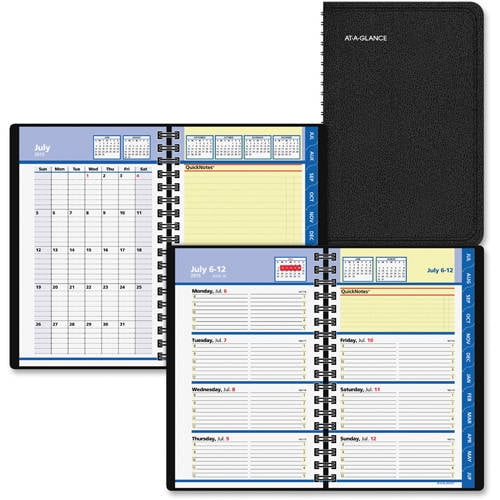

We quickly fielded the proposals following the integrated decision making process (Holacracy).

If anyone had any significant issues with any content, it was being heeded. We brought back to the team 3 proposals for improvements. We took 30 minutes in small groups to discuss and review the roles that were speaking to us.We checked in by answering the question “ What color are we feeling?”.Roles are aligned to the company’s purpose. We will all be stewarding multiple roles and we will be rotating our roles over time. We began with a short reminder of the purpose of roles.We held a 2.5 hour workshop to attribute the roles. We all committed to reading ALL the roles prior to the next workshop to have a system view of the roles. Through this writing process, each of us was now familiar with more than one third of the 32 roles. For each role, we would each invite two team members to iterate it forward using their wisdom and experience.We would set up a wiki (mediawiki) and each person would insert his/her first drafts of roles over a few weeks.Then we agreed on the process as follows: Each team member chose the roles that he or she wanted to write. The 32 titles and notes were laid out on the table. We agreed that each team member would be responsible for writing 4 or 5 roles. No penalties or interest to the government.Financial stress of members is low – collective average of no more than 2/10 each month.Inform members if a difficult financial situation arises and work through it openly and collectively.Emit checks, once documentation duly completed and if appropriate, approved.Act as contact for percolab with the government, documenting key information, exchanges or situations.Based on laws and obligations, foresee financial provisions and make all necessary payments to the government and documenting them.Purpose: Reduce financial stress of all members of the collective, collaborators and organisations with whom we have transactions. We shared a draft role to exemplify these elements. Role metrics: specific indicators that help the team see if the role is being well stewarded.Role accountabilities: tasks and decision making authority.Role title: clear and aligned to our culture.We drew on the wall the basic structure every role should have (inspired by Holacracy): Also, it was an active way for us to process the shift to roles.Īt a team meeting we reminded ourselves of the reasons we were shifting to roles. Writing the roles as the team allowed us to benefit from the team’s collective intelligence. The work was done as an open and transparent process, as per self-management principles. Now we were ready to begin the collective process. I gave them some placeholder titles: Banker, Legal protector, Keeper of our workshop offer, Video producer. What is the company up to? What are people talking about? Where are the questions and tensions? In all, 32 roles revealed themselves. Honing on the daily life of the company helped to come up with a preliminary list of roles. Over 9 years our company has grown into its own way of functioning and this is the organic base we wanted to work with. I resisted the temptation to look outside the company because that would lead to thinking about what roles we “should have”. To identify ours, I put on my role identifying hat for a few months. Roles are already within our organisations and companies, we just need to listen in and make them explicit. We are sharing it now in the hope it will help others on their paths towards self-management.

As a team of process designers we were very deliberate in how we went about setting up our roles structure. Percolab recently shifted to such a role-based structure. Distributing the authority (decision making power) throughout the organisation via the roles.Different people can take on different roles at different times – there is a flow and adaptability with roles and Leaving behind job profiles and job titles.Thinking about an organisation based on its purpose and all the roles and responsabilities that allow the organisation to meet its purpose.There is a different way to structure our organisations based on “ roles“. As a word of context, percolab is a non-conventional company and we had realized that we required a bit more structure in how we self-organise our company. This article goes into the details of how percolab went about setting up a role-based self-management system. Thinking about shifting to self-management or wondering if your way of self-governing can be fine tuned? In my previous article What is self-management, really? I explore what is and what isn’t self-management via percolab’s story.


 0 kommentar(er)
0 kommentar(er)
